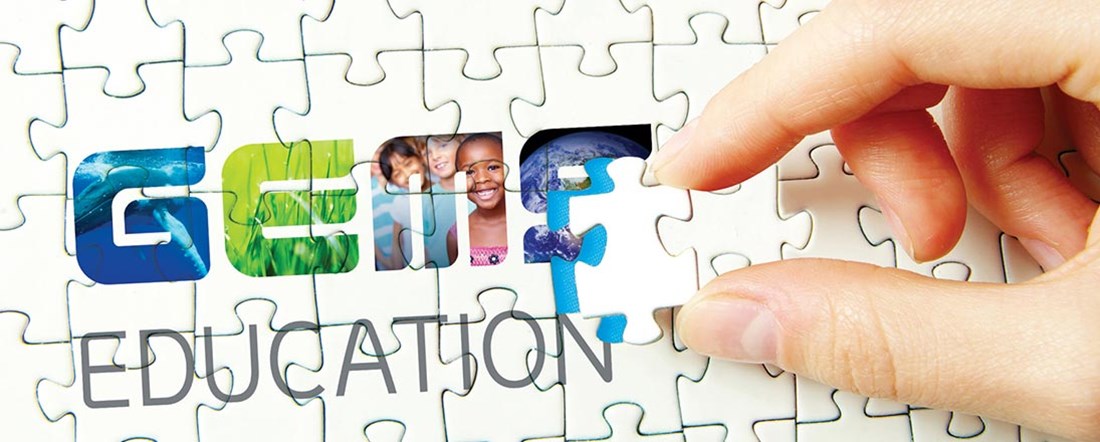
WHAT IS GEMS?
Gems is an educational program. Gems (Great Explorations in Math and Science) was first prepared and developed by the science center named Lawrance Hall of Science in Califiornia University. This training program is in a structure that is constantly being developed.
It aims to help children understand the basic concepts and methods of science and mathematics. It also supports children in achieving success in this field by providing a positive attitude towards science and mathematics.
Gems education enables children to become conscious and learn with the method of supervised exploration in science education. Supervised exploration emphasizes the child's participation in learning at will, and learning by seeing and exploring. It is a comfortable training program that provides a quality education.
-
Creating independent learners and critical individuals
-
To ensure that children understand leading concepts in science and mathematics
-
Demonstrate the importance of basic science and math skills
-
To ensure a positive attitude towards science and mathematics
-
Creating new knowledge and ideas
-
To use these skills throughout life
-
Social relations
-
Observation
GEMS Topics
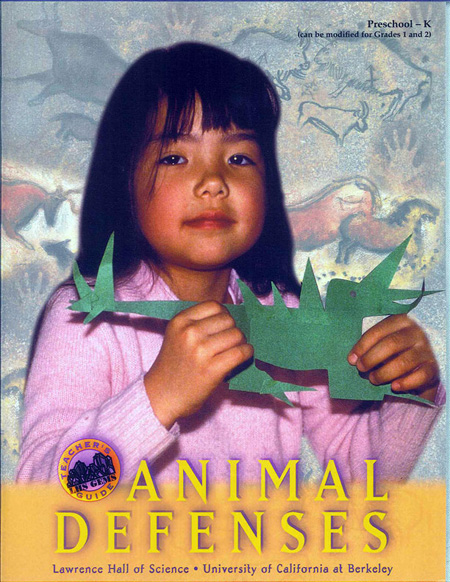
Animal Defenses
Children add defensive structures to an imaginary vulnerable animal. Then, in class games, the defended animals encounter a Tyrannosaurus Rex (T-Rex). In the second session, children learn the defenses of today's animals. The overhead projection of dramatic encounters adds even more excitement and learning energy. This unit is an excellent way to introduce the biological concepts of the predator / prey and to help young students understand the difference between defensive structures and defensive behaviors.
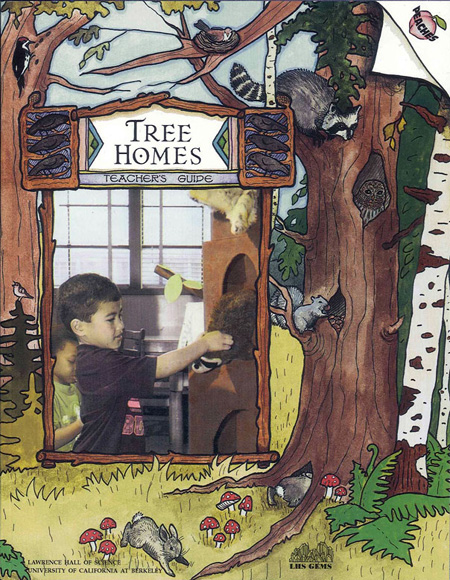
Tree Houses
These activities encourage appreciation of the trees and animals that live in treehouses, stimulating children's interest in the world around them and highlighting the biological need for warmth and shelter. Children get used to a living tree, then cardboard
They create a child-sized tree out of boxes, papers and cardboard cubes. The role of the class; dramatizes a mother bear with cubs, raccoons, an owl family and treehouses. Students make paper models of raccoons and owls. Ranking, classification, and measurement deepen mathematical learning.
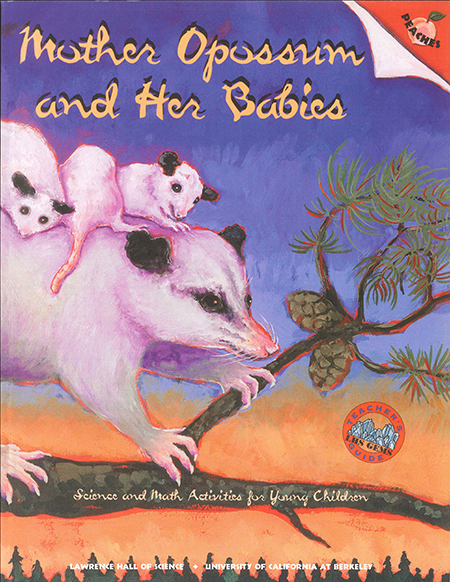
Mother Opossom
Mother Opossum and Her Babies focuses on the interesting behavior of Virginia Opossum. Children play the night sniffing opossums. They measure themselves next to a life-size poster of the mother possum and compare her hands and feet to the paws of an possum. Mathematics is centrally integrated with the science of life. Students learn about the opossum pouch and the development of baby possums. Through dramas, children learn the famous trick of playing "marsupials" and are asked to identify mysterious foods by their scent. After making class guesses, he enjoys the snacks of opossum's food.
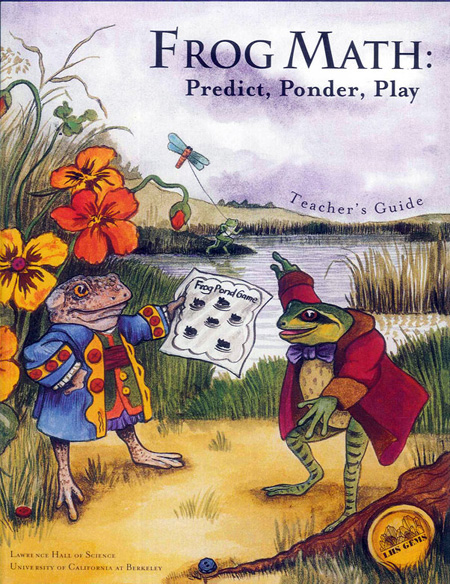
Frog Math
In an artistic blend of math and literature, these activities are told through one of the well-known "Frog and Frog" stories, "The Lost Button." The story leads to the free discovery of the buttons, followed by sequencing, sorting and a sequence guessing game. Students design their own buttons and data They also develop valuable life skills by guessing the number of small plastic frogs in a jar and lima beans in a handful. The board game "Frog Pond" helps students develop strategic thinking skills Hop to the Pond Game, probability In the revised manual, all grade levels play the fair version of Hop to the Pond with six frogs, then Classes K1 and K3 play the unfair version with 12 frogs.
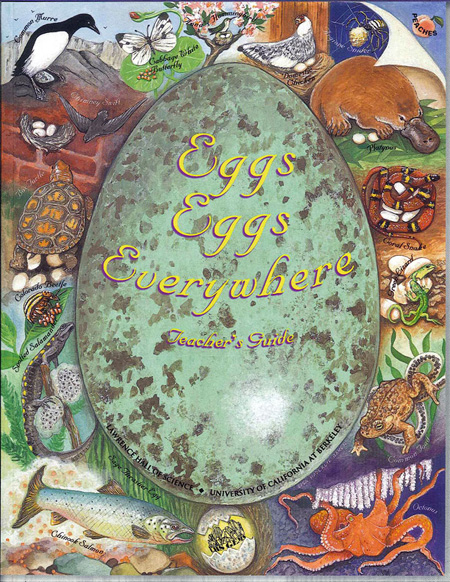
Eggs, Eggs Everywhere
This unit introduces children to the wonders of eggs and develops developmentally appropriate concepts in biology and life sciences. As children learn about the variety of animals that come from eggs, activities combine literature, role-playing, drama and art with the observation of the eggs. They use small plastic animals to sort, classify, and plot activities. Students also explore the movement of plastic eggs and other objects on flat and curved surfaces. These activities are notable in terms of intertwining literature, mathematics and physical sciences with life sciences.
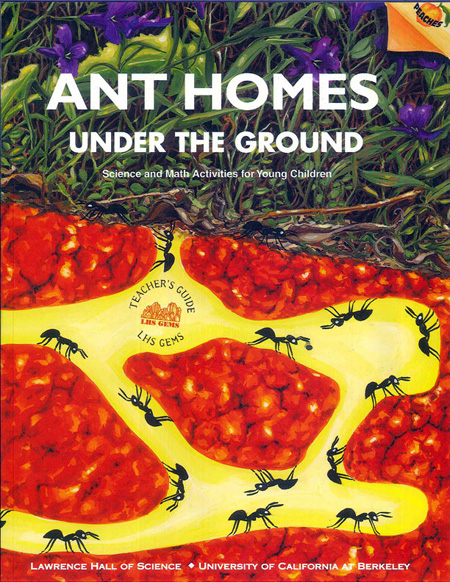
Underground Ant Houses
These activities explore many aspects of these fascinating social insects. Students learn about the ant body structure, jobs and homes by observing ants in nature and in the ant farm. The ants play by following a scent trail and dragging food through a tunnel-like structure. A large Anthill poster in the guide, highlighting the tunnels, ant food, social structure and life cycle
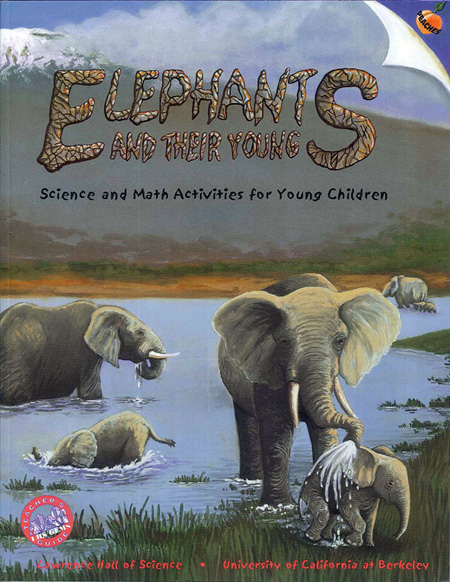
Elephants and Their Cubs
In these fun and interesting activities young children learn all about the African elephant, its unique body structure and fascinating social behavior. The activities on elephants, trunks, feet, and families involve young children in learning basic science concepts through art, drama, and role play. Mathematics and physical science concepts include measurement, weight, volume, and many types of comparisons. Children also learn about the need to protect elephants.
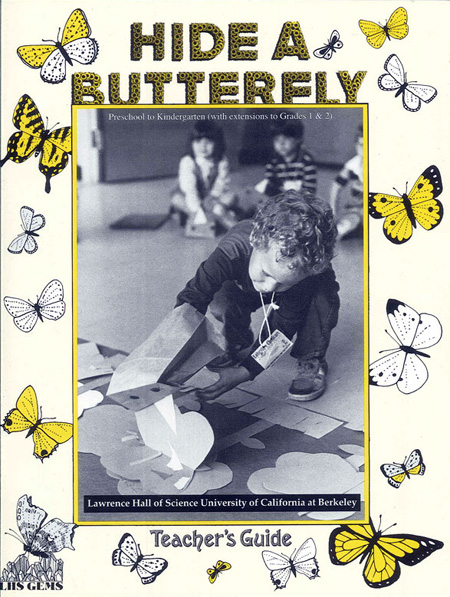
Hide a Butterfly
Kids create camouflaged butterflies, hungry birds, and flower meadows to enliven the Butterfly Game and learn the basic concepts of protective coloring. They learn to recognize parts of a flower, make flowers and grass for a mural, then talk about the little animals they see on real grass or on flowers. They decorate paper butterflies and make bird puppets, then portray the behavior of birds and butterflies. Children also learn about real butterflies and their protective coloring methods.
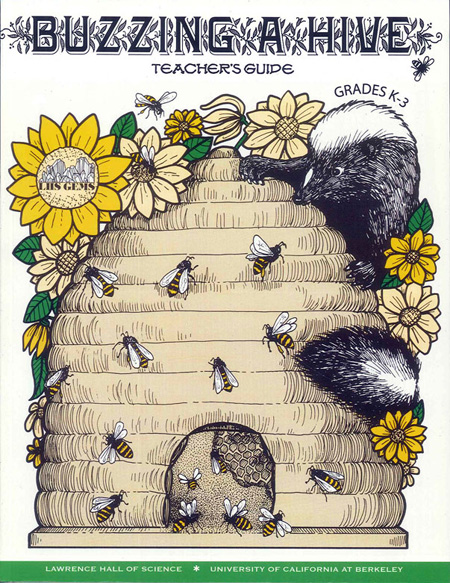
Shooting a Hive
Students learn about the honey bee's complex social behavior, communication, and hive environment through activities that mix art, literature, role-play and drama. Learn about bee body structure and metamorphosis. In a beehive drama, they portray bees, dance bee dances, and learn how bees convey instructions.
Students also learn about bee hunters and honey robbers, listen to a "Bee Enemies" story and make a paper skunk. They play the role of guardian bees and learn how bees work together to protect the hive. Includes posters of bee anatomy and life stages. (Live bees are not part of this unit.)
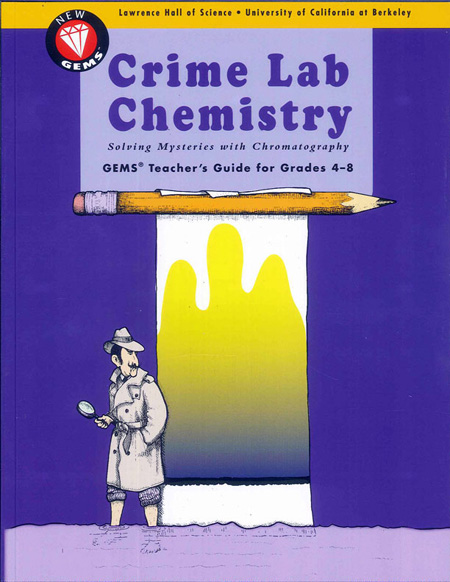
Finger prints
"Fingerprints" is a new updated and improved version of GEMS. Having trouble determining which of several black pens are used to write a ransom note, students learn and use paper chromatography as they explore the concepts of resolution, pigments, and separation of mixtures. The new sessions provide students with multiple opportunities to visualize the molecular nature of matter while creating and reviewing their own models, while considering the limitations of the models.
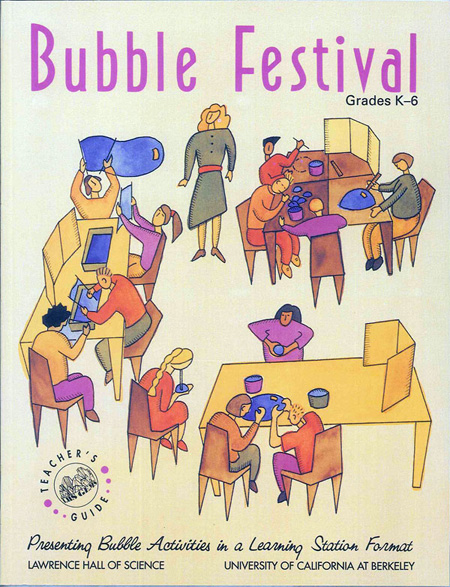
Bubble Festival
Interesting and class-appropriate balloon activities from Bubble Shapes and Bubble Measurement to Bubble Skeletons and Body Bubbles. The guide contains a detailed introduction to help teachers flexibly present activities, including classroom logistics tips, ways to further explore mathematical and scientific content, and writing and literature extensions. Includes a section on organizing a Bubble Festival that covers the entire school. The use of all chemicals that can be created in the Bubble Festival is effective. Their shapes and structures are observed.
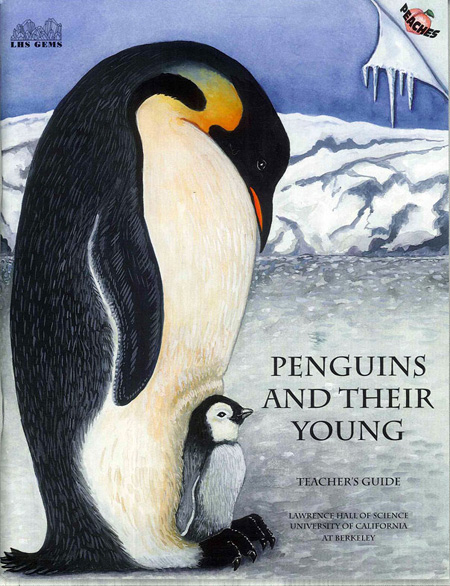
Penguins and Their Teens
Children learn about the emperor penguin, his body build, his cold house of ice and water, how he keeps warm, what he eats, and how parents take care of their offspring. A life-size poster included with the guide invites students to compare their height and body build with those of this 120 cm long bird. They live in the icy house of a penguin, playing with mushroom penguins in a tub of "icebergs" and water.
Kids create dramas in the paper-ocean scene using paper bag penguins. Important math concepts and skills are developed as children pretend to be hungry penguins and "catch" fish crackers in multi-sensory math games. They complete their exploration with ice research and delicious ice treats. Throughout the unit, life sciences, mathematics and physical sciences are integrated with language activities.
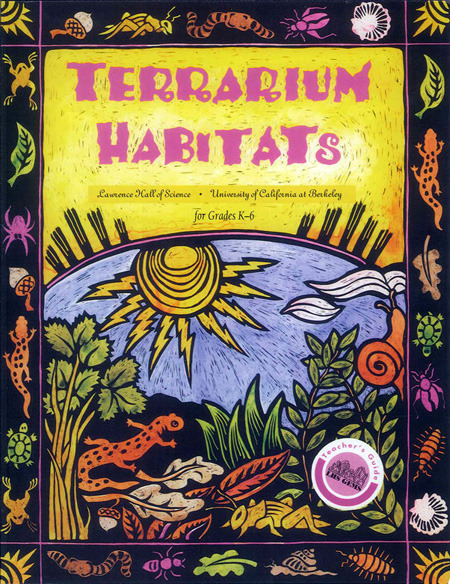
Terrarium Habitats
These activities bring the natural world to your classroom and deepen students' understanding and connection of all living things. After exploring the soil, students design and build terrariums. Bread bugs, worms and crickets, locusts, snails are placed in the habitat, and students observe and record changes over time. There is detailed instructions on setting up and maintaining terrariums, as well as brief biological information on small organisms that can become terrarium inhabitants.














